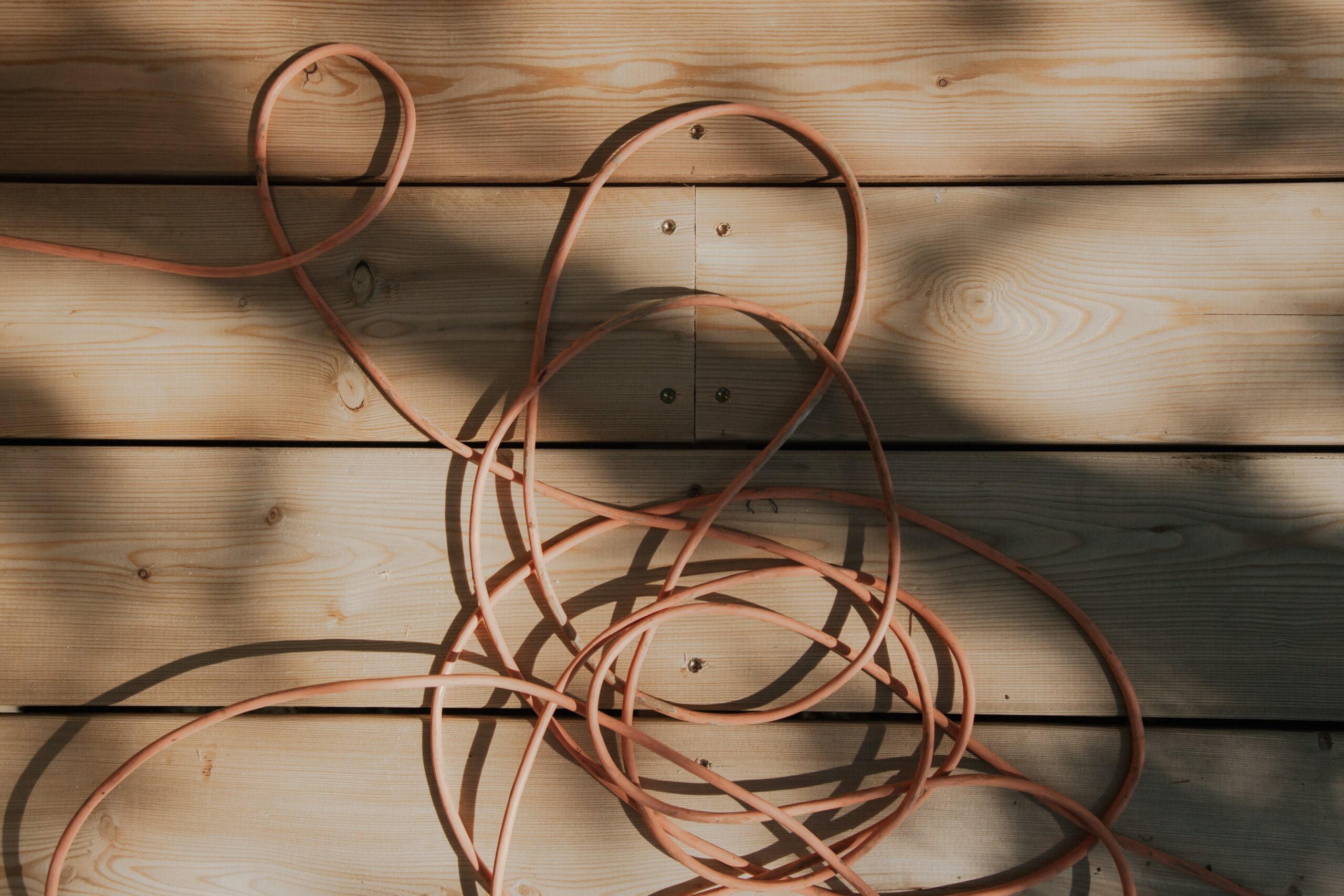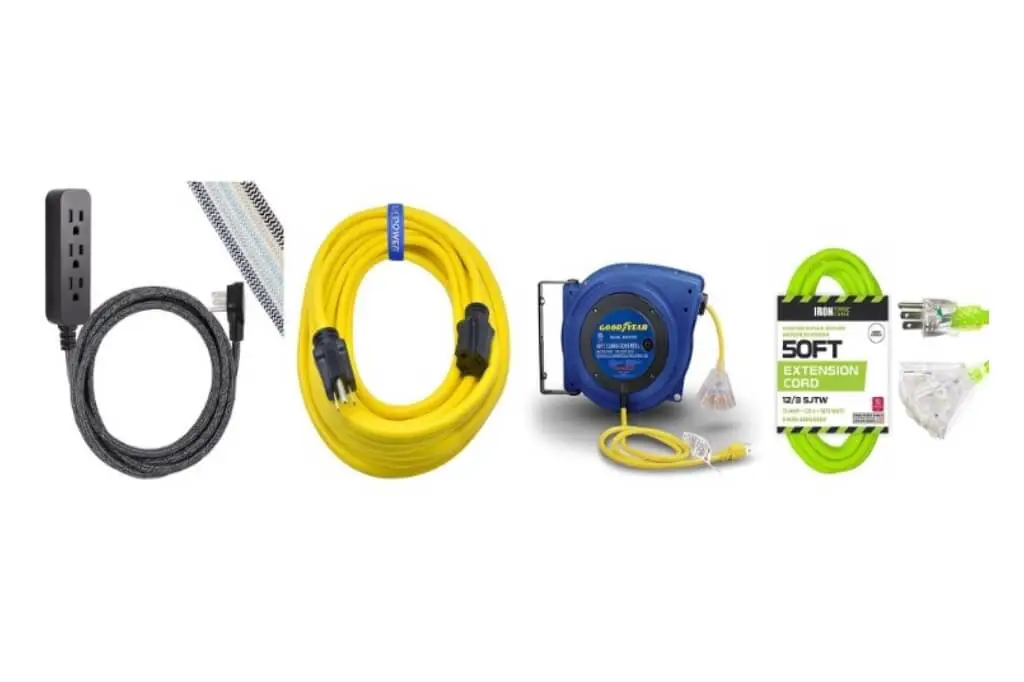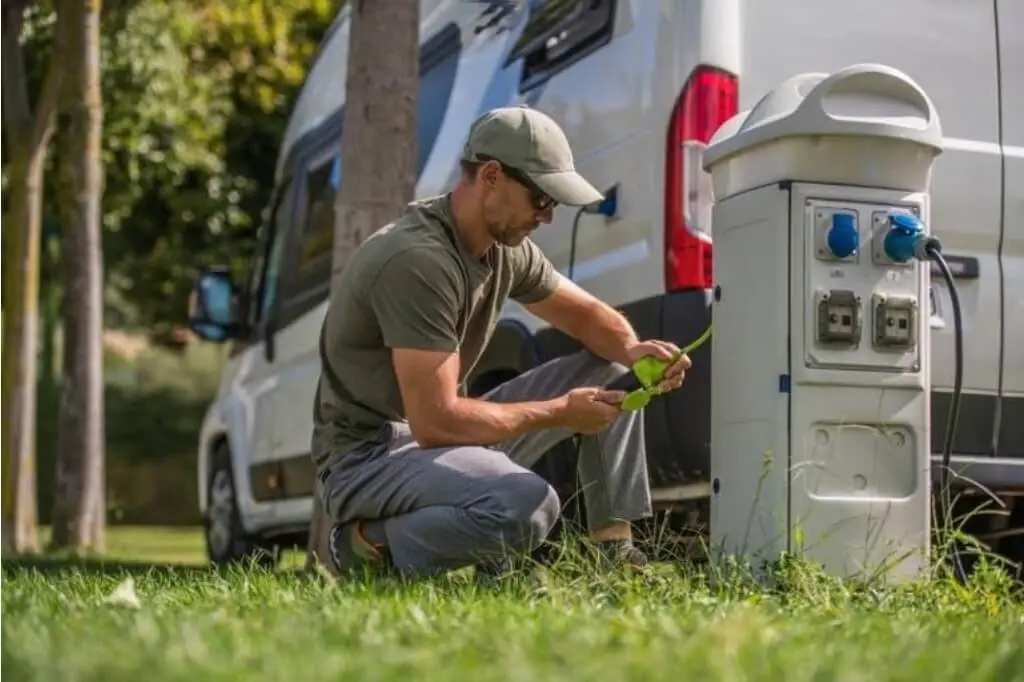Extension cords are handy for homeowners, DIY enthusiasts, and electricians. They give us the extra reach to power our tools, appliances, and devices indoors and outdoors. However, if you’ve ever struggled with a tangled, messy extension cord, you know the frustration it can bring. The good news is that there’s a right way to roll up an extension cord, and it’s not just about tidiness—it’s also about safety and efficiency.
This step-by-step guide will show you how to roll up an extension cord like a pro. We’ll cover the benefits of proper cord storage, mention essential safety precautions, and suggest clever storage solutions to keep your cords in check. Whether you’re a DIY enthusiast, a homeowner, or an electrician, mastering the art of cord rolling will make your life easier and safer.
The Art of Rolling Up an Extension Cord
Rolling up an extension cord may seem simple, but doing it correctly can save you time and hassle in the long run. Here’s how to master the art of rolling up an extension cord.
Benefits of Proper Cord Storage
Before we dive into the “how-to,” let’s discuss why storing your extension cords is essential.
1. Prevents Tangles and Knots
One of the most significant advantages of correctly rolling up an extension cord is that it prevents tangles and knots. When you need to use your extension cord, you won’t waste time wrestling with a tangled mess. Instead, you’ll have a neat, ready-to-use cord at your disposal.
2. Extends Cord Lifespan
Proper storage can also extend the lifespan of your extension cords. When cords are coiled haphazardly, they can become kinked or damaged over time. This can lead to shorts, exposed wires, and, in some cases, electrical hazards. Rolling them up correctly will protect the cord’s integrity, saving you money in the long run.
3. Ensures Safety
Safety should always be a top priority when working with electricity. How you roll up your extension cords can impact safety in several ways. If a cord is damaged due to improper storage, it can pose a risk of electrical shock or fire. Additionally, tripping over tangled cords can result in accidents and injuries. Proper storage minimizes these risks.
4. Saves Space
Neatly rolled extension cords take up less space. Whether you’re storing them in your workshop, garage, or closet, efficient cord storage means you’ll have more room for other tools and equipment.
How to Roll Up an Extension Cord Like a Pro
Now, let’s get into the nitty-gritty of rolling up an extension cord. Follow these simple steps to ensure your cords remain organized and hassle-free.
Step 1: Unplug the Cord
Before you start rolling, ensure that the extension cord is unplugged. This is a crucial safety precaution, as rolling up a live cord can be dangerous.
Step 2: Straighten the Cord
Lay the extension cord out on a flat, clean surface. Hold one end and walk along its length, straightening it out as you go. This step will make the rolling process much easier.
Step 3: Create a Loop
With the cord straightened, create a loop at one end. Hold the loop with one hand, and make sure it’s large enough to grasp comfortably.
Step 4: Start Coiling
Now, begin coiling the cord in a clockwise direction. Keep your loops neat and close together, ensuring no kinks or twists. As you coil, maintain tension to keep the cord snug.
Step 5: Secure with a Twist Tie or Velcro Strap
Once you’ve reached the end of the cord, secure it with a twist tie, Velcro strap, or any other cord management tool you choose. This prevents the coil from unwinding and keeps it tidy.
Step 6: Hang or Store
You have a few storage options with your extension cord neatly coiled and secured. You can hang it on a cord reel or a wall hook or simply place it in a container or bin for cord storage. Choose the method that suits your workspace and needs best.
Safety Precautions for How to Roll Up an Extension Cord
Rolling up an extension cord is a straightforward process, but it’s essential always to consider safety. Here are some safety precautions to keep in mind:
- Inspect Your Cord: Before coiling, take a quick look at your extension cord. If you notice any damage, exposed wires, or fraying, it’s essential to repair or replace the cord before use. Using a damaged cord can be dangerous.
- Never Overload the Cord: Extension cords have a maximum amperage rating, so be sure not to overload them. Check the cord’s label for this information and ensure that the devices you’re plugging in don’t exceed the cord’s capacity.
- Unplug Before Rolling: Always unplug the cord before rolling it up. Rolling a live cord can lead to accidents or damage.
- Store in a Dry Location: When not in use, store your extension cords in a dry location. Moisture can damage the cord and pose electrical hazards.
- Avoid Sharp Bends and Kinks: Avoid sharp bends or kinks in the cord when rolling. These can weaken the cord’s insulation and lead to potential issues.
- Check for Heat Buildup: After using an extension cord, checking if it heated up during operation is a good practice. Excessive heat can indicate an overload or a faulty connection. If you notice heat buildup, discontinue use and inspect the cord.
For more detailed safety guidelines and tips, consider reading Electrical Safety Tips When Using Extension Cords, which provides comprehensive safety advice and precautions to enhance your safety when using extension cords.
Clever Cord Storage Solutions for How to Roll Up an Extension Cord
Properly coiled extension cords are the first step to a neat workspace, but where and how you store them is equally important. Here are some storage solutions to keep your cords organized and accessible.
- Cord Reels
Cord reels are an excellent way to keep your extension cords organized. They come in various sizes and can be mounted on walls or placed on the ground. Cord reels make it easy to unroll and roll up your cord as needed.
- Cord Hooks
Install cord hooks on your workshop or garage walls to hang your extension cords. This method not only keeps your cords off the floor but also allows you to see them at a glance.
- Cord Containers
Consider using dedicated containers or bins for cord storage. These containers keep your cords neatly coiled and protected from dust and moisture. You can label the containers for easy identification.
- Cord Wraps
Cord wraps, often made of Velcro, are a simple and affordable solution for keeping cords organized. You can wrap them around your coiled cords to keep them secure.
- PVC Cord Hangers
DIY enthusiasts can create their cord hangers using PVC pipes. Cut the pipe into sections and drill them into the wall. Then, place your coiled extension cords through the pipes to keep them organized.
Conclusion
Rolling up an extension cord correctly may seem like a small task, but it can make a big difference in your workspace’s organization, safety, and efficiency. By preventing tangles, extending the cord’s lifespan, and using proper storage solutions, you’ll save time money, and ensure a safer environment.
So, the next time you finish a DIY project, remember to unplug, straighten, coil, and secure your extension cord properly. Your future self will thank you for the hassle-free, tangle-free power source.
With these simple steps and safety precautions, you can become a pro at rolling up extension cords, making your projects smoother and your workspace tidier. Say goodbye to the frustration of tangled cords and hello to a more organized and efficient work environment. Happy rolling!
FAQs
Q1. Can I roll up multiple extension cords together?
It’s generally not recommended to roll up multiple extension cords together. Each cord should be coiled separately to prevent tangles and ensure proper storage.
Q2. How do I repair a damaged extension cord?
If you notice damage or exposed wires on your extension cord, it’s best to repair or replace it. You can repair minor damage with electrical tape, but for more significant issues, consult a professional or replace the cord.
Q3. Can I use the same rolling technique for all types of extension cords?
The rolling technique described in this guide is suitable for most standard extension cords. However, extremely long or heavy-duty cords may require different storage solutions, such as cord reels.
Q4. What’s the best way to label my cord containers for easy identification?
Labeling your cord containers with the cord’s length or purpose (e.g., “Outdoor Christmas Lights”) is a practical way to ensure you can quickly find the right cord when needed.
Q5. How often should I inspect my extension cords for damage?
It’s a good practice to inspect your extension cords before each use. Regular inspections help you catch and address any issues early, enhancing safety.
Additional Resources on How to Roll Up an Extension Cord
For more tips on cord management, DIY projects, and home organization, check out the following resources:
- How To Protect Outdoor Extension Cord From Rain: Practical Tips and Solutions
- How to Splice an Extension Cord: A DIY Guide for Safety-Conscious DIYers
- How to Wire an Extension Cord: A DIY Guide for Safety and Convenience
Remember, a well-organized workspace not only makes your life easier but also promotes safety and efficiency. Happy rolling, and keep your workspace tangle-free!


